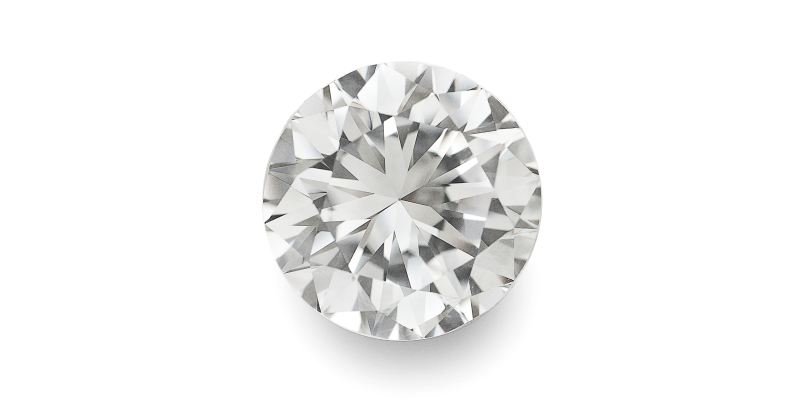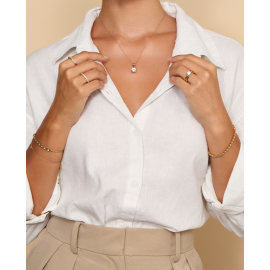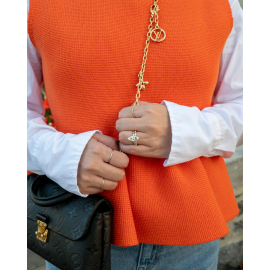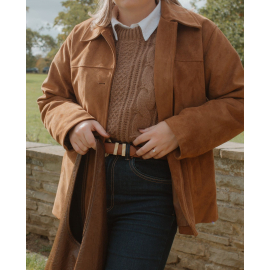Price match guarantee

We’ve teamed up with Klarna to provide flexible payment options, allowing you to shop the way you want. With Klarna, you can split your payment into 3 instalments or choose to pay later, making your shopping experience smoother and more convenient. Your order total must be between £100 and £499 to qualify.

We’ve teamed up with Klarna to provide flexible payment options, allowing you to shop the way you want. With Klarna, you can split your payment into 3 instalments or choose to pay later, making your shopping experience smoother and more convenient. Your order total must be between £100 and £499 to qualify.

February 23, 2021 | by Admin
It is law within the UK that every item of precious metal sold such as Platinum, Gold, Silver is stamped labelling the item with the type of metal it is. Platinum pieces which weigh less than 0.5 grams, 18ct Gold and Palladium pieces weighing less than 1.0 gram and Silver pieces weighing less than 7.78 grams are except from hallmark.
At Diamonds Factory all our products are hallmarked as per UK hallmarking law from London Assay Office (The GoldSmith Company)
The Goldsmiths' Company Assay Office is the oldest assay office in the United Kingdom. It has provided hallmarking services since The Goldsmiths' Company was founded in the 1300s. The company received its royal charter in 1327 and ranks 5th in order of precedence of the 12 Great Livery Companies of the City of London.
Hallmarking dates back to the 1300s when Edward I of England passed a law requiring any item made of silver, which was offered for sale, to be at least of equal quality as that of the coin of the realm (silver currency). The wardens of The Goldsmiths' Company were tasked with visiting workshops in the City of London to assay (test) silver articles. If these articles were found to be below standard they were originally destroyed and the metal forfeited to the King. If they passed, each article received the King's mark of authentication - the mark of a leopard's head. By 1478, there were several hundred workshops and merchants manufacturing silver articles in the City of London. It was not possible for the wardens to visit them all so the merchants were ordered to bring their items to Goldsmiths' Hall for testing and marking and a permanent Assay Office was established in the building. This is the origin of the term hallmark - struck with the King's mark at Goldsmiths' Hall.
In 1544 the Goldsmith's Company adopted the King's mark as their town mark and the mark of the leopard's head is now internationally recognised as the mark of this assay office.
The Goldsmiths's Company Assay Office is still based at Goldsmiths's Hall and remains the oldest company in Britain to be continually trading from the same site. However, it also has two satellite offices; at Greville Street in Hatton Garden in the heart of the London jewellery quarter and within a high security complex near London's Heathrow airport. It now has a new off-site facility within the Dalston-based jewellery manufacturer, Allied Gold. This is the first time in the Assay Office's 700 year history that it has opened permanent hallmarking services on a customer's premises.
In addition to hallmarking, the office has now expanded its range of services to support the jewellery trade and enforcement authorities. It offers a variety of specialist analytical services including nickel, lead & cadmium testing, antique silver dating, non-destructive compositional analysis, plating thickness measurement and a melt and assay service for scrap precious metal carried out in their fully independent on-site laboratory. Other services offered are a jewellery valuation service, laser marking, trading standards assistance, high quality photography and a comprehensive range of training and educational seminars, lectures and specialist events.






To the observer, the beauty of a diamond comes from its ability to sparkle. Surprisingly, the way a diamond sparkles relies on the precision of its cut. The intricate cuts that form a diamond shape are called facets, and they refract light throughout the stone to create the beautiful sparkle that we know and love. In our ultimate guide to diamond facets, we reveal the parts of a diamond, and what it is that makes diamonds sparkle.
White Gold Round Diamond Engagement Ring
From £324
White Gold Round Diamond Engagement Ring
From £408
Prong Setting Plain Engagement Ring
From £422
Prong Setting Plain Engagement Ring
From £396
What is a diamond facet?
A diamond facet is a flat surface on the shape of a diamond. Every diamond possesses multiple facets that enable it to absorb and reflect light. An ideal or excellent cut diamond is well-proportioned with optimal facet angles. Facets are angled and arranged in the best way possible to ensure that the right amount of light enters and then reflects from the diamond. As you can see from our diamond facet diagram, there are different facets on the crown and pavilion of a diamond, which we will explain in more detail.
The crown
The crown of a diamond is the top and angled section visible within a piece of jewellery. The facets on the crown and the pavilion are very different and have different purposes. The purpose of the crown is to allow as much light into the diamond as possible. It could be described as the windows and frames of a diamond.
The windows: The windows are the facets (flat surfaces) on the crown. They enable as much light to enter the open space as possible and transform it into coloured light.
The frames: The frames are the lines that separate individual facets. They do not absorb light but instead neutralise and disperse the light to create beautiful sparkle and scintillation.
The pavilion
The purpose of the facets on the pavilion of a diamond is to redirect light. After the light has entered, it is refracted back through the crown as flashes of light.
How many facets does a diamond have?
How many facets a diamond has depends on the shape of the diamond and the quality of the cut. The most popular diamond shape, particularly for engagement rings, is the round brilliant cut diamond and it is famed for its fire, brilliance and scintillation. Brilliant cut diamonds have 58 facets (including the culet), and this is the gold standard for diamonds such as the round brilliant, marquise, oval, cushion, heart, pear and emerald shaped diamonds. However, the faceting of some shapes is very different to brilliant cut diamond facets.
Princess cut diamonds
Some princess cut diamonds can have as little as 50 facets, although most have around the ‘gold standard’ of 58 facets. As a result, princes cut diamonds can appear a little less fiery than round brilliant diamonds. Princess cut diamonds hide inclusions very well, making them an ideal choice if you are searching for diamond rings on a budget.
Asscher cut diamonds
Asscher cut diamonds usually have between 50-58 facets (Royal Asscher has 74). They are cut in the same way as the emerald cut diamond and have elegant step-cut faceting. The facets are bigger and wider-set than other diamonds, however.
Radiant cut diamonds
Radiant cut diamonds typically have 70 facets. The radiant cut has a comparable fire to that of the round brilliant.
Does a diamond with more facets sparkle more?
A diamond with more facets is considered a good thing, but does a diamond with more facets sparkle more? In short, no. It is the skill and precision to which the diamond is cut that determines its sparkle. The combination of perfect symmetry and proportions of the stone and its facets creates the best fire, scintillation and brilliance. That is why choosing the best diamond cut for your budget is a good idea if you are looking for optimum sparkle.
In summary, every diamond is unique and serves as a beautiful symbol of love. To learn more about diamonds, head to our diamond guide.